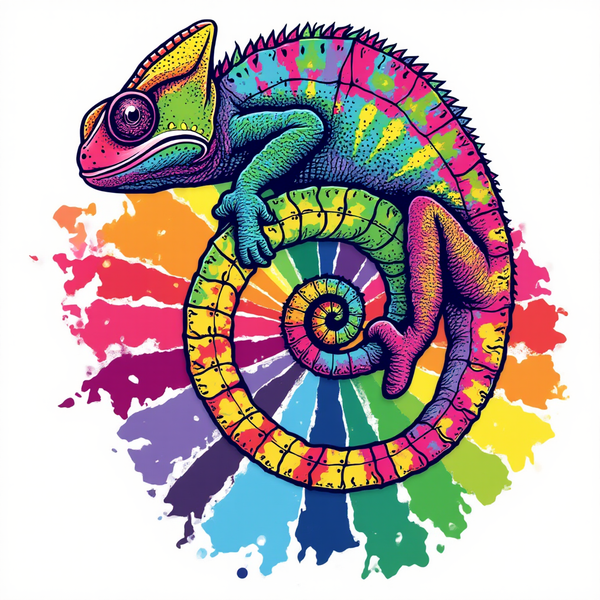A Brief History of Tie-Dye!
From Ancient Art to Modern Expression
Tie-dye is more than just a fashion statement—it's an age-old resist dyeing technique that has woven its way through cultures and centuries. This intricate process involves folding, twisting, or crumpling fabric before binding it with string or rubber bands, creating unique patterns where the dye cannot penetrate. The result? A wearable work of art that reflects creativity, individuality, and a touch of rebellion.
Ancient Origins of Tie-Dye
The earliest known tie-dye techniques trace back to 5th-century China during the Sui Dynasty, where artisans meticulously painted fabrics. In Pre-Columbian Peru (500-810 AD), vibrant tie-dye designs featuring bold reds and blues emerged, showcasing early forms of geometric patterning. Meanwhile, Japanese Shibori, which dates back to the 8th century, introduced more complex methods such as stitching and precise folding to achieve intricate, textural designs.
Across Indonesia, India, and West Africa, tie-dye developed its own rich variations. Jumputan (Indonesia) and Bandhani (India) incorporated tiny, precise knots to create mesmerizing dotted patterns. In Nigeria, the Adire technique flourished, particularly among the Yoruba and Hausa people, utilizing indigo dyes for striking blue-hued fabrics.
Chinese

Peruvian

Japanese

Indian

Nigerian

Tie-Dye’s Rise in Western Counterculture
Tie-dye remained a niche art form until the 20th century when Professor Charles E. Pellow demonstrated its potential in 1909. However, it wasn’t until the 1960s counterculture movement that tie-dye truly exploded into mainstream consciousness.

Hippies and free spirits embraced tie-dye as a symbol of individuality, peace, and rebellion—a rejection of conformity and mass production. Artists and musicians like Janis Joplin and The Grateful Dead donned psychedelic patterns at festivals like Woodstock, forever cementing tie-dye’s association with self-expression and the anti-establishment ethos.

By the 1970s, brands like Rit Dye fueled a commercial boom, collaborating with artists to bring DIY tie-dye kits to the masses. The trend infiltrated everything from casual fashion to protest movements, proving that tie-dye was more than just a trend—it was a statement.

Modern Tie-Dye: A New Wave of Creativity
In the 21st century, tie-dye has evolved beyond its psychedelic roots. With a growing emphasis on sustainable fashion, artisans and small businesses are reviving tie-dye as a slow, intentional craft. Fiber-reactive dyes have replaced household dyes, offering longer-lasting, more vibrant results, while designers experiment with minimalist aesthetics, high-fashion applications, and innovative dyeing techniques.

Mixed Results is proud to carry on this legacy, proving that in a world of mass production, handmade, one-of-a-kind pieces will always stand out. Whether you’re embracing tradition, making a statement, or simply experimenting with colour, tie-dye is more than fashion—it’s a movement.
